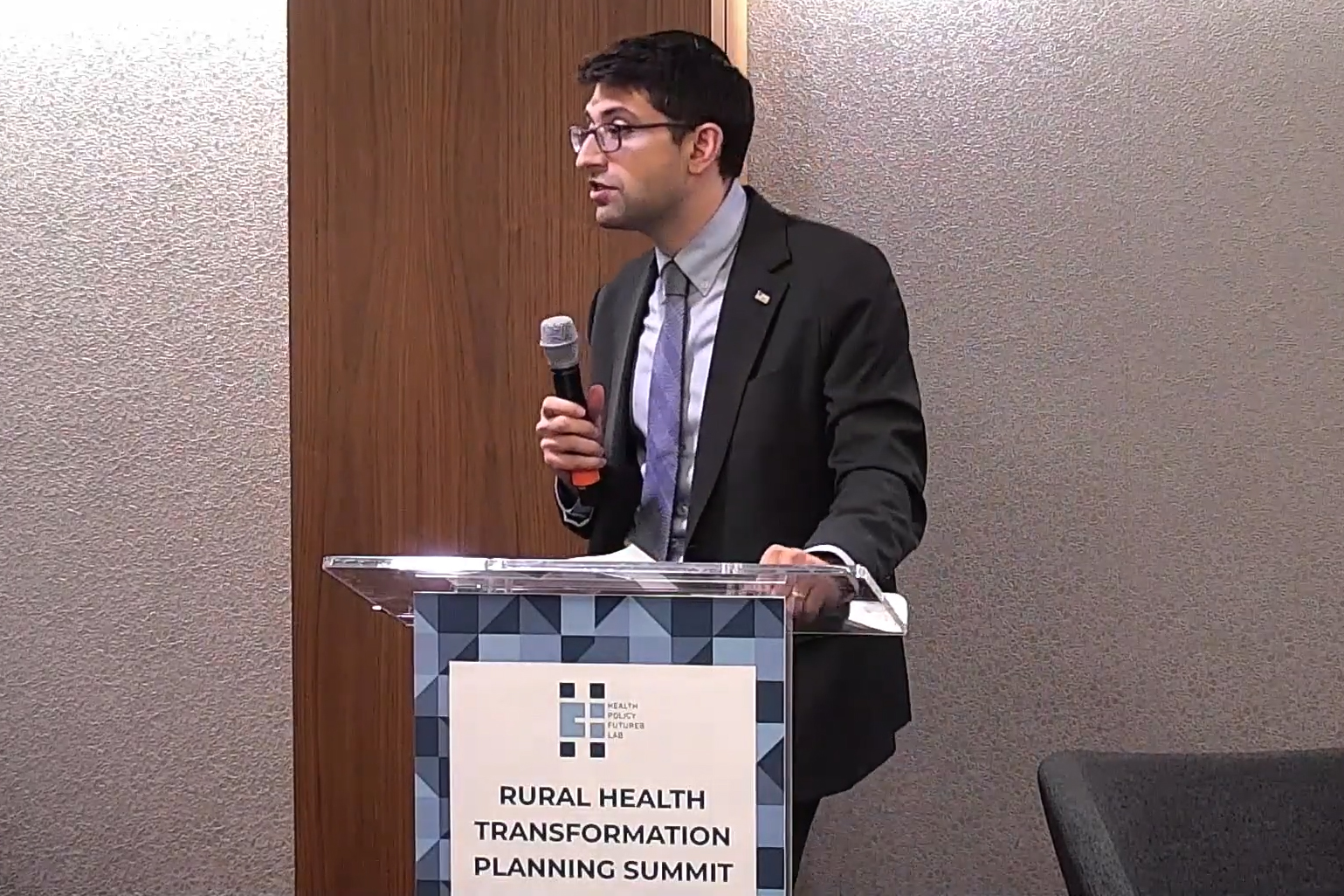October 29, 2025, is World Stroke Day.
What is a stroke?
A stroke happens when blood flow to the brain is interrupted.
This prevents brain cells from getting oxygen and other nutrients, causing them to die.
- 1 in 5 women will have a stroke.
- Stroke is:
- The No. 3 cause of death for women overall.
- The No. 1 cause of death for Black women.
- The No. 3 cause of death for Hispanic women.
Stroke warning signs
The sooner a stroke is caught, the better your chances of surviving and healing.
Remember B.E.F.A.S.T. to help you spot the signs.
B alance problems and dizziness
E ye problems like blurred vision or trouble seeing out of one or both eyes
F ace drooping or numbness on one side
A rm numbness or weakness in one arm
S peech problems like slurring or trouble getting words out
T ime to call 911 if you have any of these symptoms — even if they go away
Stroke risk factors
You may be more likely to have a stroke:
- If you are pregnant.
- Stroke risk is 3x higher for pregnant and postpartum people
- Risk is highest in the third trimester and the first 6 weeks after delivery
- If you had preeclampsia (high blood pressure during pregnancy)
- Women who had preeclampsia are 3x more likely to have a stroke later in life
- If you take oral contraceptives with higher estrogen levels or the birth control shot
- Low-dose estrogen or progestin-only birth control has little to no increased risk
- If you take certain types of hormone therapy (HT) after the age of 60
- Using transdermal estradiol (patch or gel) or lower-dose estrogen with progesterone lowers the risk for stroke
- If you have migraine with aura, especially if you smoke or take birth control
- This type of migraine may slightly raise your risk of stroke
- If you have atrial fibrillation (Afib), a type of irregular heart rhythm
- People with Afib are 3-5x times more likely to have a stroke
- If you have high blood pressure
- High blood pressure is the leading cause of stroke
Lowering your risk
Good news! Up to 8 out of 10 strokes are preventable. To lower your risk:
- Don’t smoke, or find help quitting.
- Watch your diet. Try to eat less red meat and processed foods and get plenty of fiber from fruits and veggies.
- If you have high blood pressure, ask your healthcare provider (HCP) about ways to lower it.
- Move your body regularly. Just 30 minutes, 5 days a week can cut stroke risk by ¼.
To learn more about strokes and whether you’re at risk, talk to your HCP.
Resources
This educational resource was created with support from Merck and Novartis.
You might be interested in




















 English (US) ·
English (US) ·